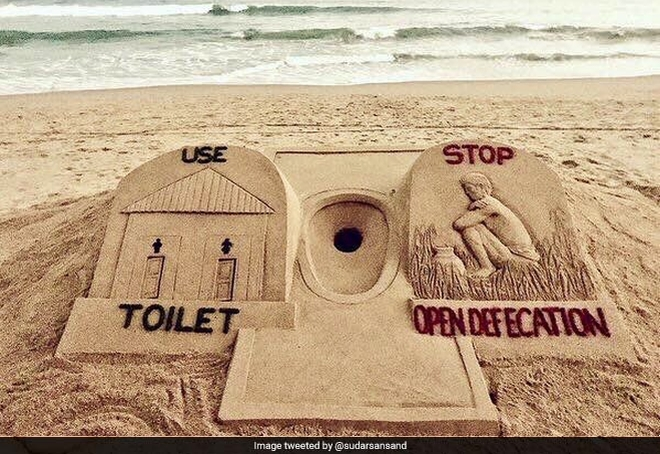Free Courses Sale ends Soon, Get It Now


Free Courses Sale ends Soon, Get It Now



Copyright infringement is not intended
Context: Country has crossed the milestone of 50,000 ODF Plus villages under Swachh Bharat Mission (Gramin).
Details
About Open Defecation
About open defecation-free (ODF) plus villages
Swachh Bharat Mission
Present Status
https://newsonair.gov.in/News?title=India-crosses-milestone-of-50%2c000-ODF-Plus-villages&id=437968
© 2024 iasgyan. All right reserved